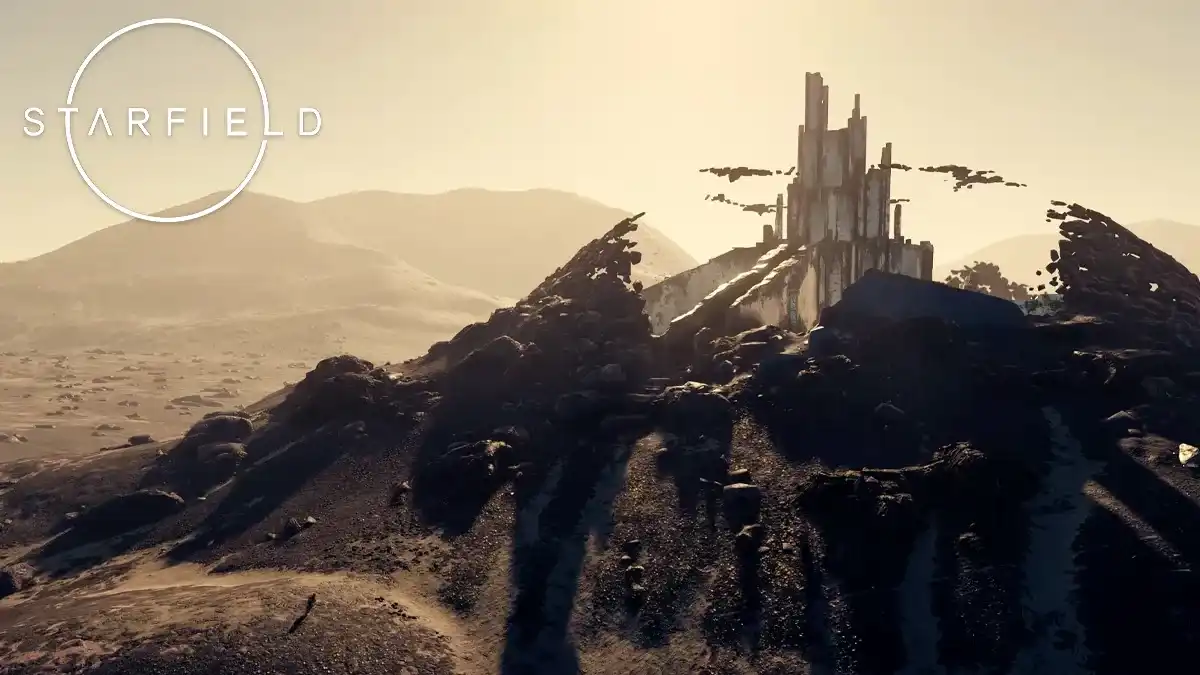In one instance of a trailer for the anticipated game, Starfield, attentive observers have pointed out a peculiar detail — an artifact in the backdrop that mirrors a distinctive item from the 1999 cult classic film, Office Space — a red stapler. Carefully placed by the designers, it’s a cheeky wink to the cinematic realm that subtly hints at Starfield's potential depth.
This inter-reference, while seemingly innocent, is not a mere act of memetic reproduction, but reveals a deft narrative strategy. It hints at a wider cinematic universe that the game may draw inspiration from, and simultaneously builds an exciting intersection between film and game, encouraging audiences from both mediums to cross borders.
Starfield’s developers, aware of the power of intertextuality, use this to their advantage. Strategic incorporation of elements from cult classic films could help to broaden Starfield’s narrative, explore innovative pathways of storytelling and further diversify the game’s universe.

The world-building efforts in Starfield are not merely restricted to the gaming universe, but also hint at the ever-evolving Hollywood tropes. The appearance of the red stapler suggests a shared existence that bridges the realm of Office Space and Starfield, evoking a sense of the uncanny for the player or fan familiar with both.
Movements across narrative worlds have long been part of the cinematic experience. For example, the ‘inception’ of tropes from the Star Wars galaxy into other cinematic landscapes has not been uncommon. However, the foray of filmic narratives into gaming universes manifests a new trend.
The ‘bleed-out’ effect of storylines across movie reels mirrored in gaming narratives can redefine the way games are created and interpreted. It transforms games from self-contained universes into complex worlds with an intricate web of connections spanning multiple films, books, or other media.
Dynamic crossing of boundaries between gaming, film, and other artistic universes can further deepen the immersive experience. This fusion stirs the curiosity of the player, prodding them to explore the game further to unearth connections and correlations, thereby extending the life of the game.
While the concept of cross-media storytelling is not new, the introduction of cinematic narratives into the gaming universe signifies an interesting evolution. In the era of streaming services, where content can draw inspiration from multiple sources, games can create richer, broader worlds that encapsulate a variety of themes, narratives, and aesthetics.
Incorporating movie elements can result in a unique hybrid product that combines the best of two worlds. Adopting cinematic narrative structure and tropes can infuse video games with a depth of storytelling seldom seen before, enriching the overall player experience.
Veteran gamers will concur that powerful storytelling can dramatically enhance the immersive experience and emotional resonance of a game. By skillfully incorporating movie elements, developers can take gaming narratives beyond the standard quest or battlefield, into deeper explorations of the human condition.
This concept represents an uncharted territory in game development, one that holds the potential to revolutionize the industry. The intertwining of video games and film narratives could create new sub-genres, redefining the evolution of immersive gaming.
Thus, the advertisement for Starfield, subtly alluding to Office Space, signifies a potential frontrunner in the trend of game-cinematic convergence. The red stapler is not just a prop; it suggests that the game may explore narrative structures that blend elements of the cinematic instant classic and the gaming world.
Furthermore, the reciprocal exchange of content could create a virtual symbiotic relationship between the two platforms. This gaming-cinematic alliance can provide video games with a new avenue for fresh perspectives, narratives, and game mechanics.
The game developers' decision to allude to Office Space demonstrates a willingness to draw from ripe cinematic material and an open pathway between the realm of films and gaming. It is anybody's guess as to what such a collaboration might yield for future releases.
While it is yet to be confirmed how many cinematic nods will be included in the final product of Starfield, the intentional cinematic crossover augurs well for its future. It represents an engaging new direction in gaming discourse, primed for exploration by developers and players alike.
In conclusion, the red stapler seen in the Starfield trailer indeed highlights the game’s potential to challenge conventional gaming narratives and approaches. It hints at a revolutionary direction in video game development with endless possibilities.
It is a testament to the transformative nature of intertextual esports, capable of not only linking worlds within games, but also integrating subjects, themes, and symbols from alternate mediums. This fusion breathes new life into the gaming experience, exploring new dimensions and conquering uncharted possibilities.
The future of gaming may see more such intentional incorporations of artifacts from different domains. The intersections of different narrative worlds, the combination of various forms and aesthetics, and the seamless incorporation of a wider range of tropes, are only a few opportunities heralded by this serendipitous red stapler.
With games like Starfield leading the way, the future of video games is showing signs of being extraordinarily inclusive and expansive with intricate narrative worlds. The red stapler from Office Space in Starfield’s trailer is not just an Easter egg for keen-eyed fans; it represents a door to a world full of imaginative possibilities and interactive adventures.